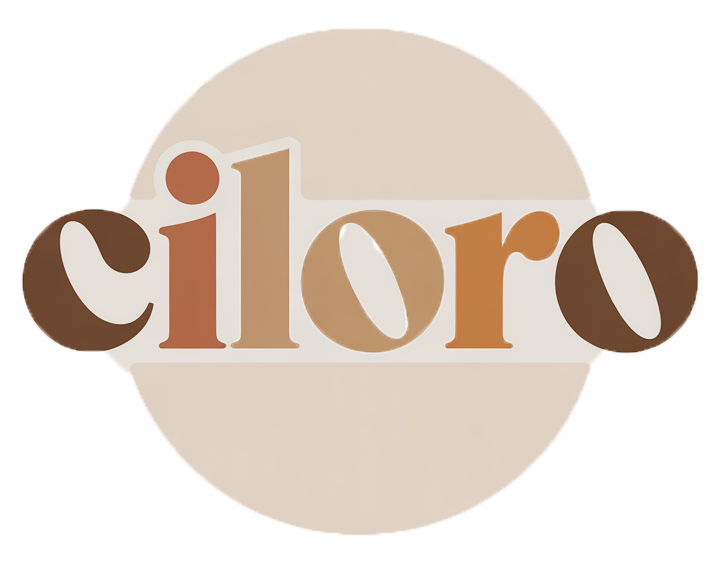Stunning Home Decor Fabrics for Every Room Guide
Discover how to choose the perfect home decor fabrics for every room, enhancing comfort and style while considering functionality and aesthetics.
Choosing the right fabric for home decor is essential as it significantly influences the overall atmosphere and style of a space.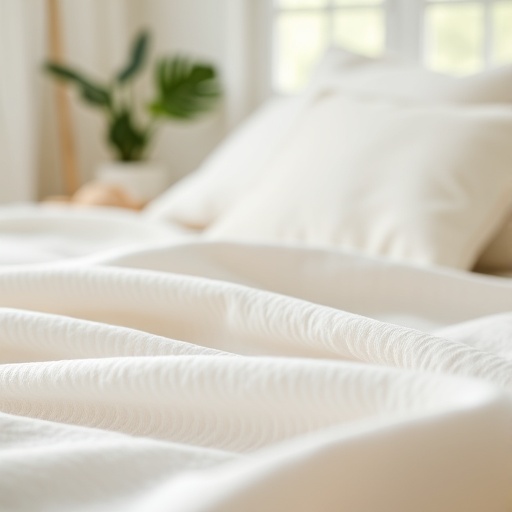
The choice of fabric can affect not just the aesthetics but also the comfort and functionality of each room in your home. Different rooms have unique fabric needs, and understanding these can help you create a harmonious environment.
Understanding Fabric Types
Common Fabric Types for Home Decor
Natural Fabrics
- Cotton: Versatile and breathable, making it suitable for various applications.
- Linen: Known for its texture and durability, ideal for a rustic look.
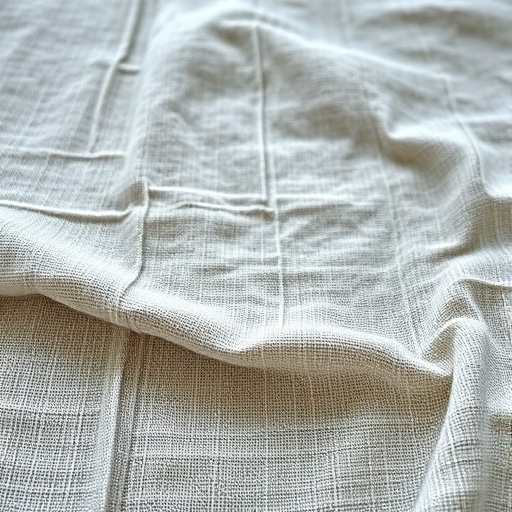
- Wool: Provides warmth and insulation, perfect for colder climates.
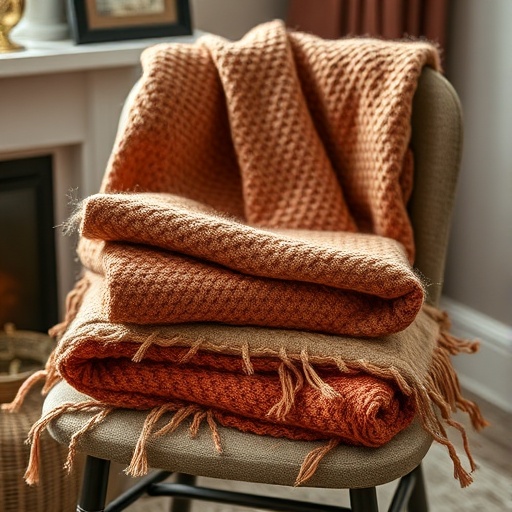
Synthetic Fabrics
- Polyester: Affordable and offers excellent stain resistance.
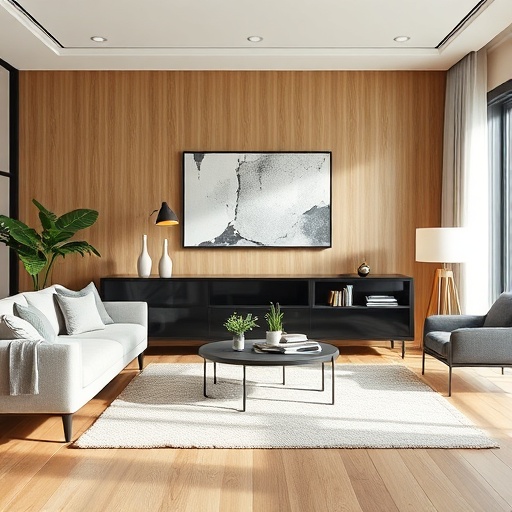
- Nylon: Known for its strength and resilience, great for high-traffic areas.
- Acrylic: Lightweight and colorfast, making it suitable for various styles.

Blends and Specialty Fabrics
- Cotton-polyester blends: Combine comfort and durability.
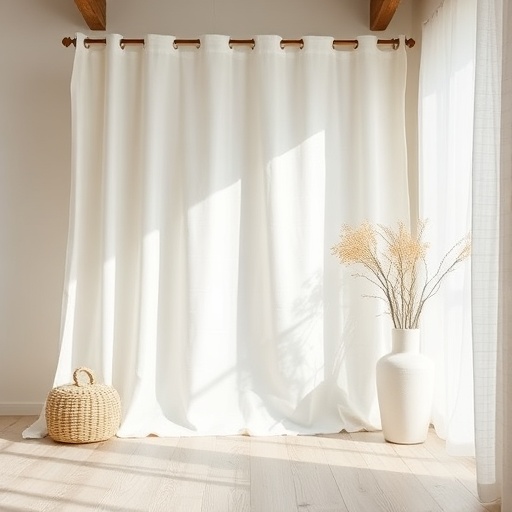
- Velvet: Adds a touch of luxury and depth to decor.

- Outdoor fabrics: Weather-resistant options for patios and outdoor settings.
Assessing Room Functionality
Fabrics for High-Traffic Areas
Living Rooms
- Finding the right balance between durability and comfort is key.
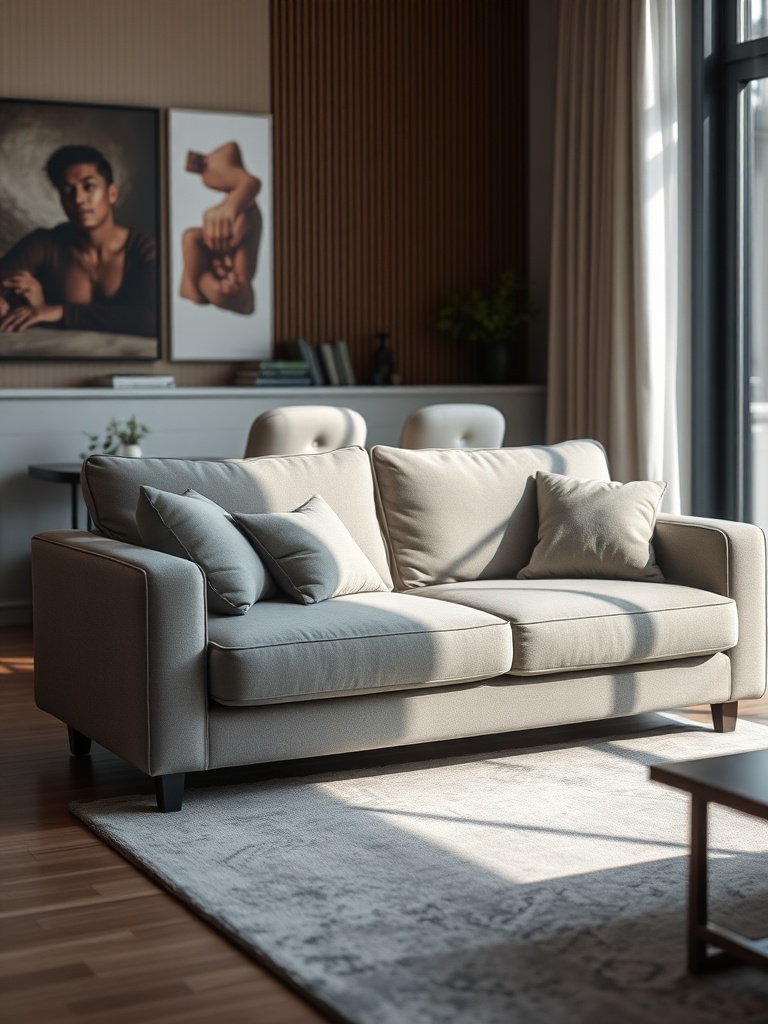
- Recommended fabrics: Microfiber, leather.
Dining Rooms
- Focus on stain resistance and cleanability.
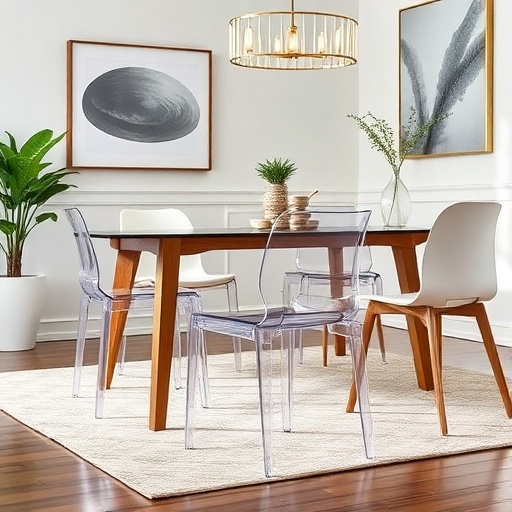
- Recommended fabrics: Acrylic, treated cotton.
Fabrics for Relaxation Spaces
Bedrooms
- Softness and comfort are crucial for a restful environment.
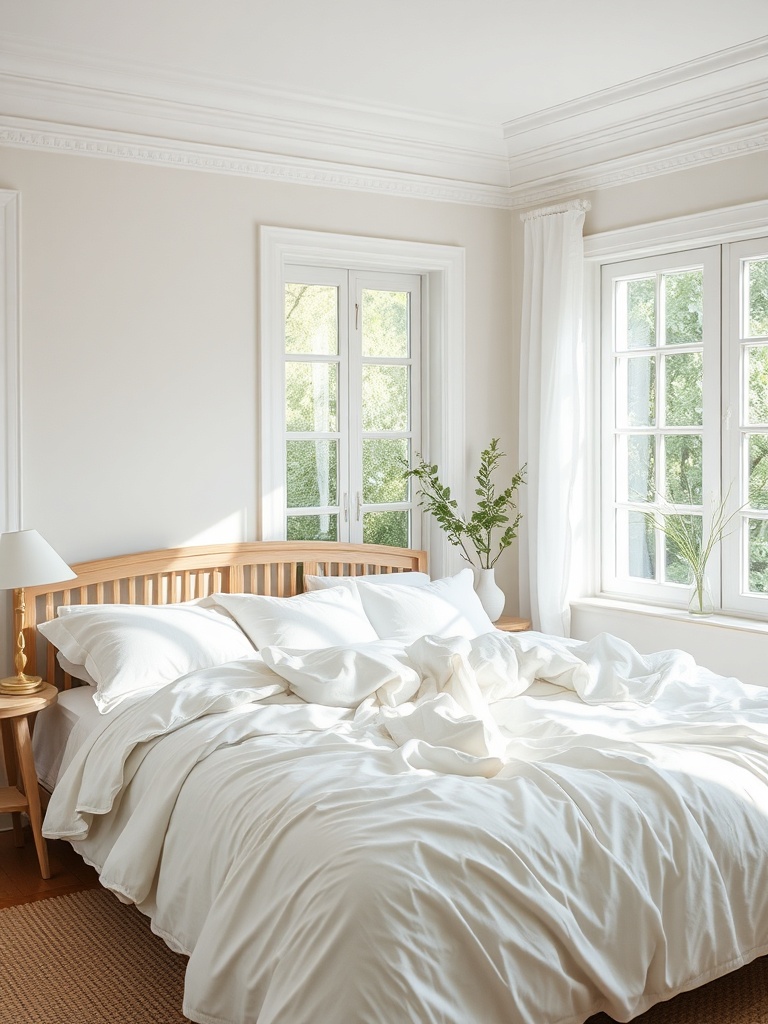
- Recommended fabrics: Cotton, linen.
Home Offices
- Aesthetics should promote productivity and focus.
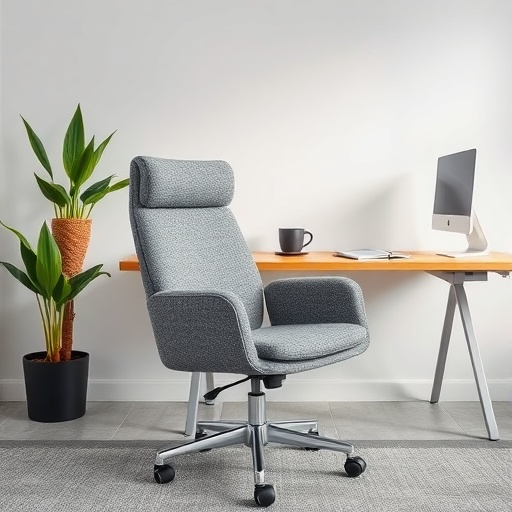
- Recommended fabrics: Wool blends, textured fabrics.
Considering Aesthetic and Style
Matching Fabrics to Design Styles
Modern and Minimalist
- Focus on clean lines and neutral colors.
- Suggested fabric types: Cotton, linen.
Rustic and Farmhouse
- Emphasize warmth and texture.
- Suggested fabric types: Burlap, cotton.
Bohemian and Eclectic
- Incorporate vibrant colors and patterns.
- Suggested fabric types: Silk, patterned cotton.
Color and Pattern Selection
Choosing the Right Colors
Understanding Color Theory
- Warm vs. cool tones can create different emotional impacts.
- Consider monochromatic vs. contrasting palettes for balance.
Seasonal Considerations
- Opt for light colors in spring and summer.
- Choose rich, warm tones for fall and winter.
Selecting Patterns
Types of Patterns
- Geometric: Offers a modern appeal.
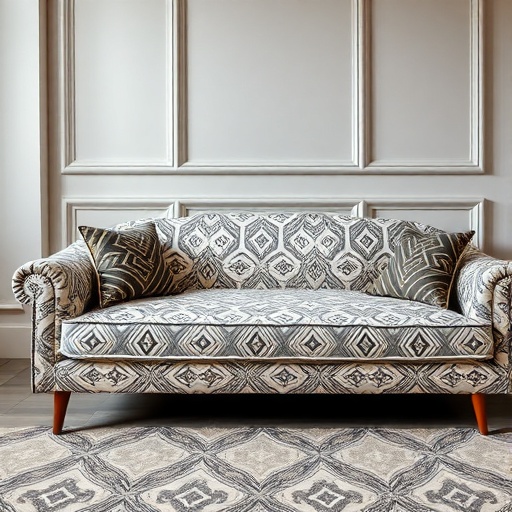
- Floral: Brings classic softness to spaces.
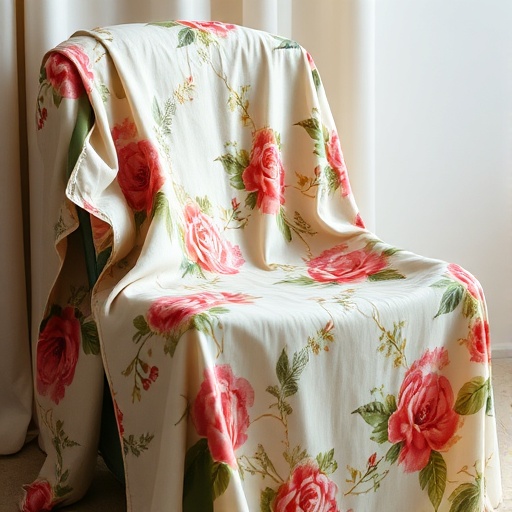
Mixing Patterns
- Follow guidelines for successful pattern mixing.
- Pay attention to the importance of scale and color harmony.
Practical Considerations
Maintenance and Care
Cleaning Requirements
- Consider machine washable options vs. dry clean only fabrics.
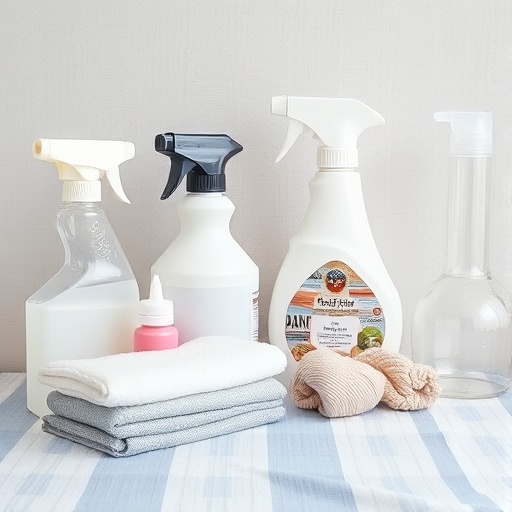
- Look for stain resistance features to ease upkeep.
Durability and Longevity
- Understand fabric wear and tear for long-term use.
- Consider fabric weight and thread count for durability.
Budgeting for Fabrics
Cost vs. Quality
Understanding Value
- Investing in quality fabrics can be more beneficial than choosing affordability.
- Long-term savings can be achieved with durable fabrics.
Setting a Budget
- Allocate funds for different rooms based on importance.

- Prioritize spending on key pieces over accessories.
Sourcing Fabrics
Where to Shop for Home Decor Fabrics
Online Retailers
- Shopping online provides a variety and convenience.
- Considerations include checking swatches and return policies.
Local Fabric Stores
- Advantages include a tactile experience before purchasing.
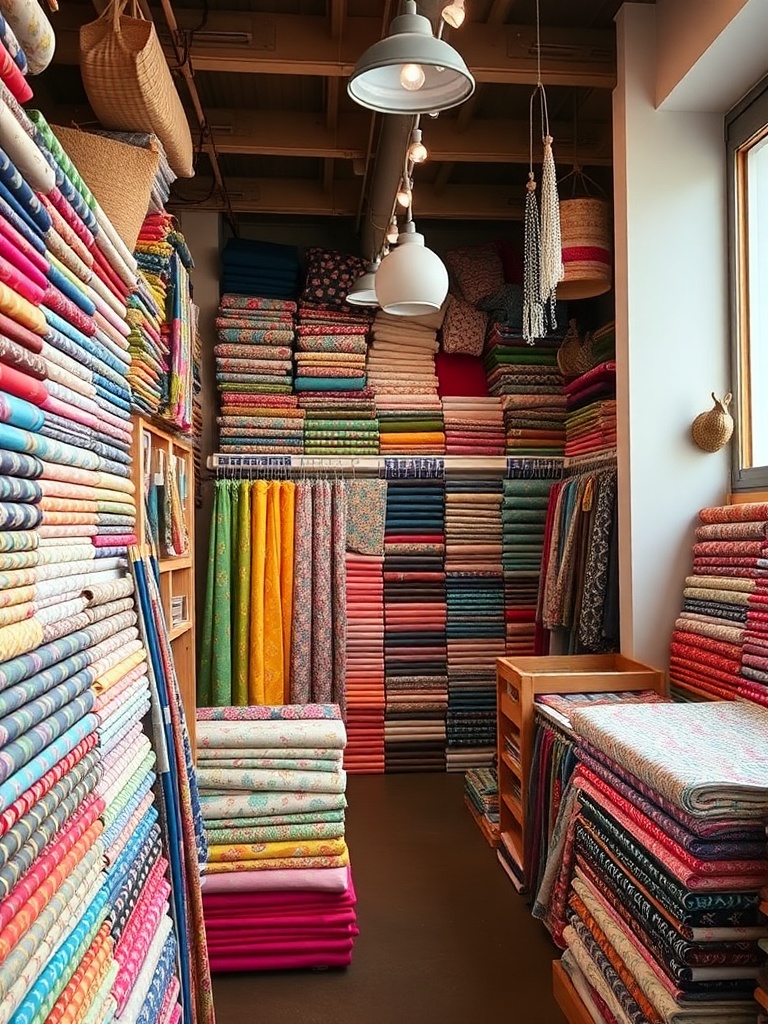
- Supporting local businesses can enhance community growth.
Key Takeaways
- Choose fabrics that suit the functionality of each room.
- Understand the types of fabrics available and their characteristics.
- Match fabrics to your desired aesthetic and design style.
- Consider color and pattern carefully to enhance your decor.
- Budget appropriately to balance quality and cost.
- Source fabrics thoughtfully, whether online or locally.
Conclusion
In summary, choosing the right fabrics for your home decor involves considering the functionality of each room, understanding the types of fabrics available, and matching them to your desired aesthetic. Don't hesitate to experiment with different fabrics and styles to create a cohesive and beautiful home environment. Your choices can greatly enhance the mood and comfort of your living spaces, making them a true reflection of your personal style.
FAQ
What are the best fabrics for high-traffic areas?
Microfiber and leather are highly recommended for high-traffic areas like living rooms due to their durability and ease of cleaning.
How do I choose the right color for my home decor fabrics?
Consider color theory, the emotional impact of warm vs. cool tones, and seasonal color preferences to select the right hues for your decor.
Are synthetic fabrics good for home decor?
Yes, synthetic fabrics like polyester and nylon are affordable, durable, and often stain-resistant, making them practical choices for home decor.
What should I consider when budgeting for fabrics?
Allocate your budget based on the importance of each room, prioritizing key pieces over accessories to ensure you invest wisely.
